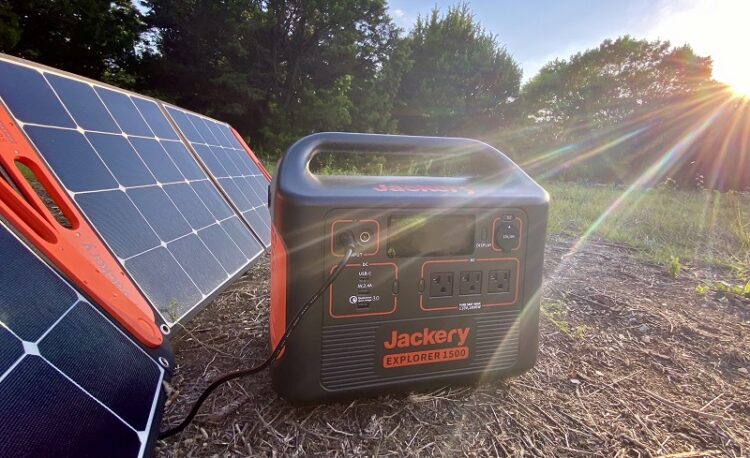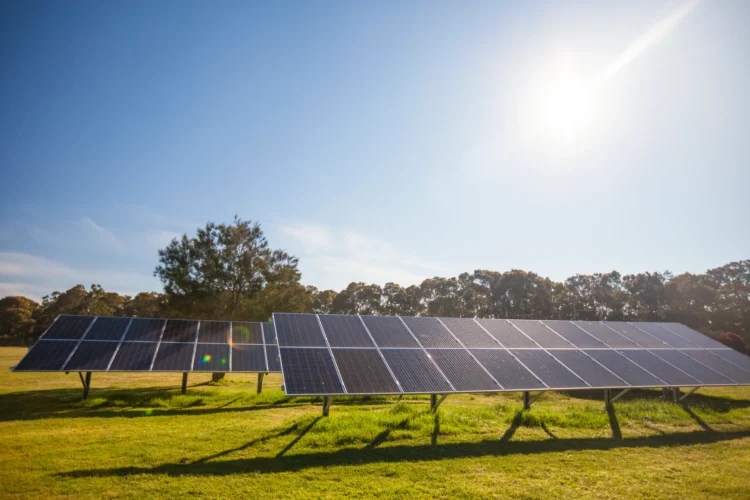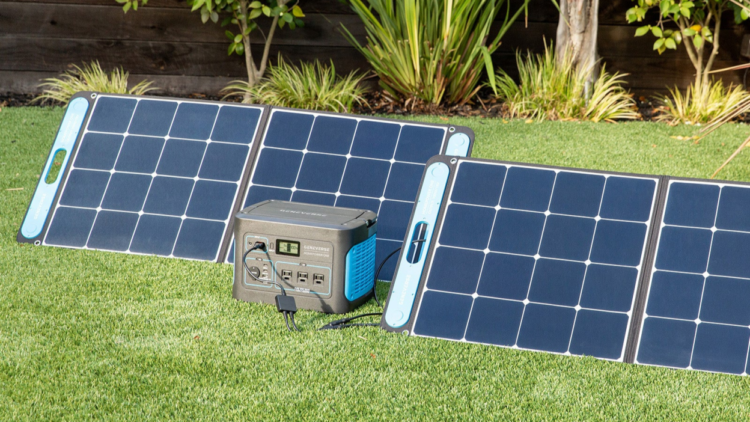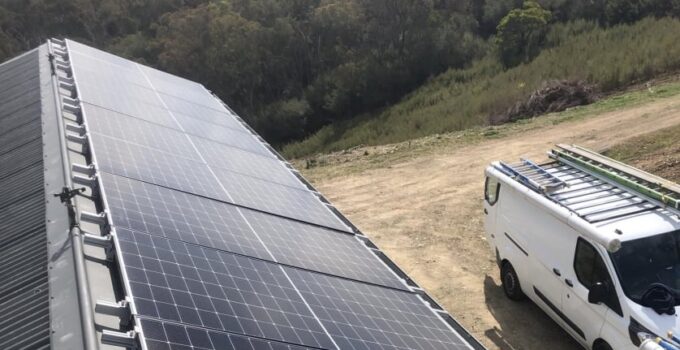In a world increasingly conscious of the environmental impact of traditional energy sources, the concept of energy independence through solar generators has gained significant attention. Off-grid living, once associated with rugged self-sufficiency, is now being redefined by the power of solar technology. This article delves into the multifaceted benefits of solar generators, exploring their components, advantages, environmental impact, economic savings, technological advancements, and steps to transition to a sustainable off-grid lifestyle.
Page Contents
Introduction to Solar Generators and Off-Grid Living

Source: electronicshub.org
Imagine a life untethered from power grids, where energy is harnessed directly from the sun. Solar motors have transformed the possibilities of off-grid living, offering a sustainable and reliable alternative to conventional electricity sources. Off-grid living no longer means sacrificing modern comforts; rather, it embraces a harmonious coexistence with nature while enjoying the benefits of technological progress. With generators, individuals can produce their own electricity and embrace a lifestyle that aligns with ecological principles.
Benefits of Energy Independence through Solar Generators
The benefits of solar generators extend far beyond environmental considerations. Energy independence means freedom from utility bills, power outages, and reliance on fossil fuels. For those seeking the best solar generator for off-grid living, these systems provide a consistent and renewable energy source, fostering a sense of security and empowerment for individuals and communities alike. Moreover, excess power can be stored for future use or even sold back to the grid, creating new opportunities for self-sufficiency and potential revenue streams. By reducing dependence on centralized power systems, motors enhance resilience and offer a more sustainable way of life.
Exploring the Components of a Solar Generator System
A solar generator system comprises several key components: solar panels, an inverter, a battery bank, and a charge controller. Panels capture sunlight and convert it into direct current (DC) electricity, which is then converted into alternating current (AC) electricity by the inverter. The battery bank stores excess energy for use during cloudy days or at night, while the charge controller regulates the charging process to prevent overcharging. This intricate synergy ensures a constant and reliable power supply, enabling a seamless transition to off-grid living.
Advantages of Solar Power in Remote and Rural Areas

Source: scientificamerican.com
In remote and rural areas, traditional electricity infrastructure is often lacking or unreliable. Solar motors offer a practical solution, requiring minimal maintenance and providing consistent power. These systems can be tailored to meet specific energy needs, from powering basic appliances to supporting agricultural activities and healthcare services. This power brings progress and connectivity to areas that previously struggled with energy accessibility, facilitating education, communication, and economic development.
Environmental Impact: Clean Energy and Reduced Carbon Footprint
One of the most compelling reasons to embrace solar generators is their positive environmental impact. Solar power is clean, and renewable, and emits no greenhouse gases during operation. By reducing reliance on fossil fuels, sun generators play a pivotal role in combating climate change and preserving the planet for future generations. Transitioning to sun power is a tangible way for individuals to contribute to a sustainable future by reducing air and water pollution, conserving natural resources, and mitigating the impacts of global warming.
Economic Savings: Long-Term Cost Benefits of Solar Generators
While the initial investment in a solar generator system may seem substantial, the long-term economic benefits are remarkable. Sun power is essentially free once the system is in place, and maintenance costs are relatively low. Over time, the savings on utility bills accumulate, making motors a prudent financial choice. Additionally, government incentives, tax breaks, and net metering policies further sweeten the deal, encouraging more individuals to switch and potentially achieve a return on their investment over the system’s lifetime.
Case Studies: Successful Off-Grid Living Powered by Solar Generators

Source: mashable.com
Numerous case studies showcase the transformative power of generators in enabling off-grid living. From small cabins nestled in the woods to entire communities in arid regions, these examples highlight the adaptability and efficacy of sun power solutions. These success stories dispel doubts about the feasibility of off-grid living and inspire others to explore this sustainable lifestyle. These real-world examples also underscore the positive social impact that motors can have on marginalized and underserved communities.
Overcoming Challenges: Storage and Efficiency Improvements
While solar energy is abundant, storage and efficiency challenges remain. Battery technology is rapidly advancing, enhancing storage capacity and longevity. Lithium-ion batteries, for instance, offer high energy density and are becoming more affordable. Additionally, ongoing research focuses on improving the efficiency of panels, increasing their ability to convert sunlight into electricity even under less-than-ideal conditions. As these challenges are addressed, motors will become even more reliable and efficient, contributing to a smoother transition to sustainable solutions.
Technological Advancements Driving Solar Generator Efficiency
Innovation is driving the evolution of generator technology. Emerging trends include portable generators, smart power management systems, and integration with other renewable sources like wind and hydroelectric power. These advancements not only increase efficiency but also broaden the range of applications, making sun motors even more versatile and accessible. Smart energy management systems, for example, optimize energy usage based on real-time data and user preferences, enhancing energy utilization and reducing waste.
Steps to Transition to Off-Grid Living Using Solar Generators

Source: sunnysimpleliving.com
Transitioning to off-grid living with sun generators requires careful planning. Start by assessing your energy needs and researching suitable system components. Seek professional guidance to design and install the system, ensuring optimal performance and safety. As the system operates, monitor power usage and storage levels to make necessary adjustments. Embracing a sustainable lifestyle also involves adopting energy-efficient practices, such as using energy-efficient appliances, insulating your living space, and minimizing energy wastage.
Conclusion: A Sustainable Future with Solar-Powered Off-Grid Living
Sun generators have ushered in a new era of power independence and sustainable living. By harnessing the power of the sun, individuals and communities can break free from the limitations of traditional energy sources. The benefits span from economic savings and reduced carbon footprints to improved living conditions in remote areas. As technology advances, the potential for solar generators to reshape our energy landscape and lead us toward a more sustainable future is brighter than ever before. Embracing solar-powered off-grid living is not only a practical choice but also an impactful step towards a more resilient, eco-friendly, and harmonious existence on our planet.





